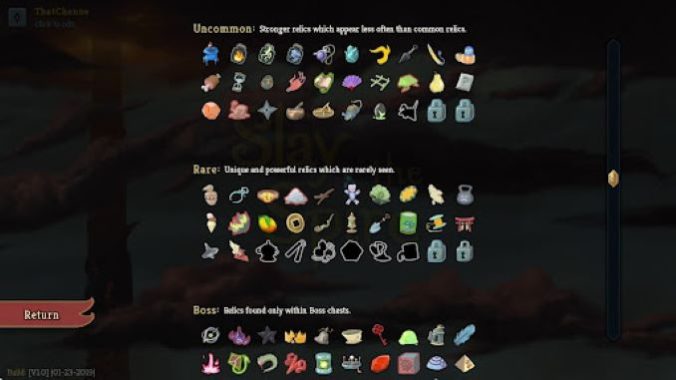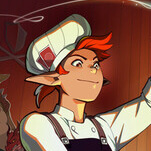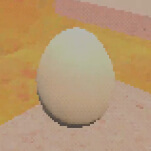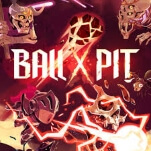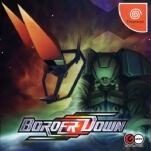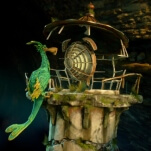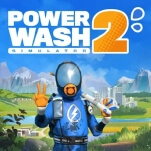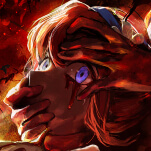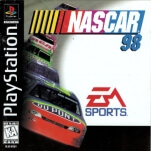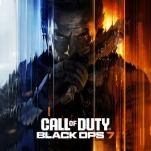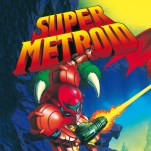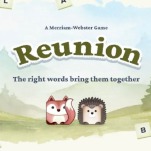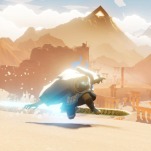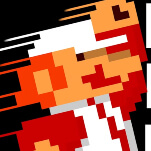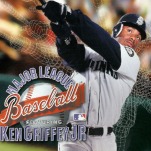Why Slay the Spire Has Such Staying Power

There’s a bagel place I used to go to every other weekend whose reputation precedes it. Unlike the pale imitations that line other streets, it’s fancy: it has 30 kinds of cream cheese, canned coffee in the fridge, and its staff won’t complain (though they will side-eye you) if you get your bagel toasted. Whenever I talk about this place, I feel like I give the impression that it’s overrated. Everyone knows about it; everyone likes it. But whenever I go back I remember that it’s not overhyped at all: it’s simply so good that description can’t really do it justice.
Sometimes the legacy of a titanic success eclipses the reasons it was great in the first place. This is the story of Slay the Spire, a deck building roguelike that launched five years ago this month.You pick one of four characters and climb up a several-floor tower, battling monsters and gaining cards to add to your deck. Your goal is to reach the top of the tower and defeat its rotating final boss, a goal as simple to comprehend as it is brutal to execute.
I’ve been with Slay the Spire almost from the beginning. Since I picked it up in 2019, I’ve spent about 200 hours on it across saves on Switch and PC. When I got a free trial of Apple Arcade recently, I had to make the executive decision not to download Slay the Spire on my phone and have three platforms to card battle on. It’s everything to me: comfort game, one more turn machine, and easy recommendation to anyone who’s into videogames even a miniscule amount.
You’d think that after 200 hours I would have made some serious progress. And yet out of 20 difficulty levels known as “Ascensions” across four characters, I’ve only gotten to level 5 on one of them. At this point I have to admit I’m not that good at Slay the Spire, but I’m sure having fun.
And I’m not the only one. When Slay the Spire launched out of early access, reviews celebrated how fun it was to lose. It’s the most popular deckbuilding roguelike, a genre which has exploded and multiplied in the past few years like the slime boss at the end of Act 1. But most of the follow ups I’ve tried have failed to grasp the intangible magic that Slay the Spire still has.
In fact, when I look for impressions on the game, it appears more often as a comparison. Slay the Spire is the pinnacle of the genre it took mainstream, but there’s little discussion anymore of why it’s the best. This mystery bugs me on a personal level, too. I don’t like to replay games. Nor do I like to fail. So why have I played a disgusting amount of Slay the Spire?
One of the reasons is that replaying doesn’t ever feel like a retread. Each character is vastly different to play. The Defect, my favorite, is a robot who uses elemental orbs to deal passive damage each turn. When I last picked up the game, I had a run that was so close on a Claw deck (a deck made out of mostly 0-cost cards that get stronger every time you use them). Building a great deck in Slay the Spire can be thrilling. But what helps change things up more than anything else is relics.
Relics are items that provide bonuses for your entire run, obtainable from bosses, chests, and random events. There are over 50 relics, and each class has their own. Relics can be everyday objects, like the ice cream cone or the coffee dripper. There are pan-religious artifacts like prayer wheels or incense burners, or utensils and slices of monster parts.
-

-

-

-

-

-

-

-

-

-

-

-

-

-

-

-

-

-

-

-

-

-

-

-

-

-

-

-

-

-

-

-

-

-

-

-

-

-

-

-

